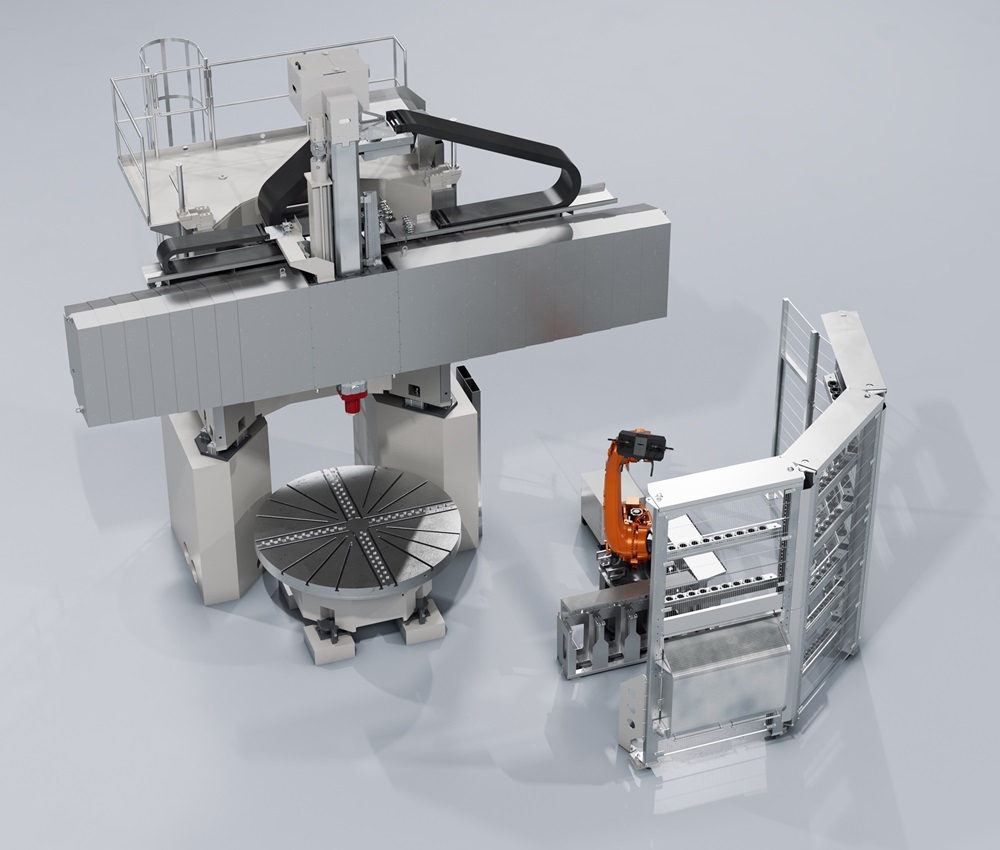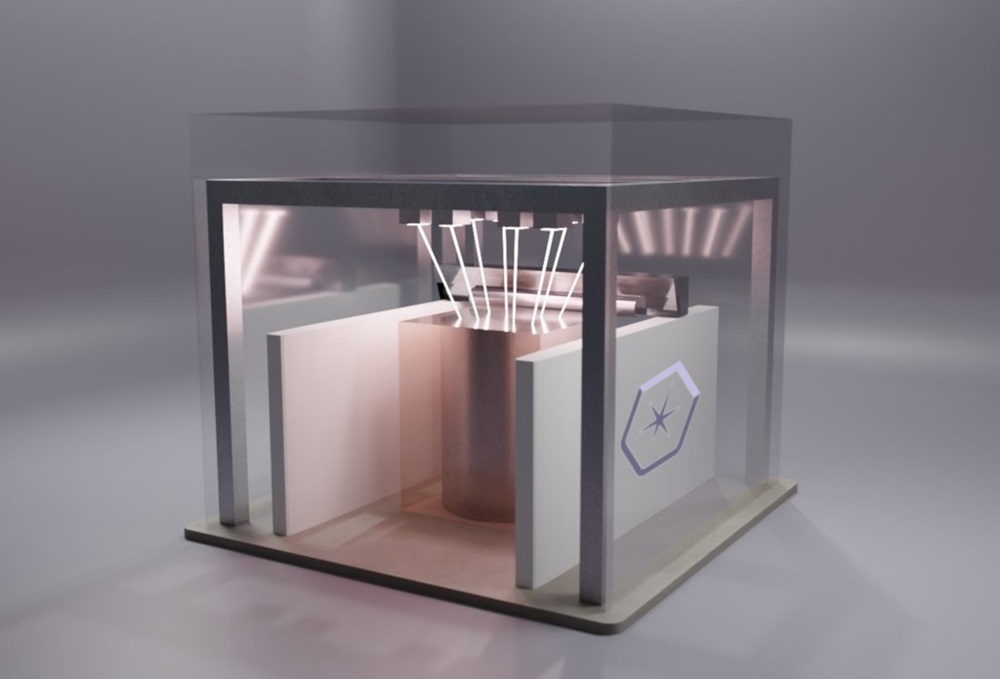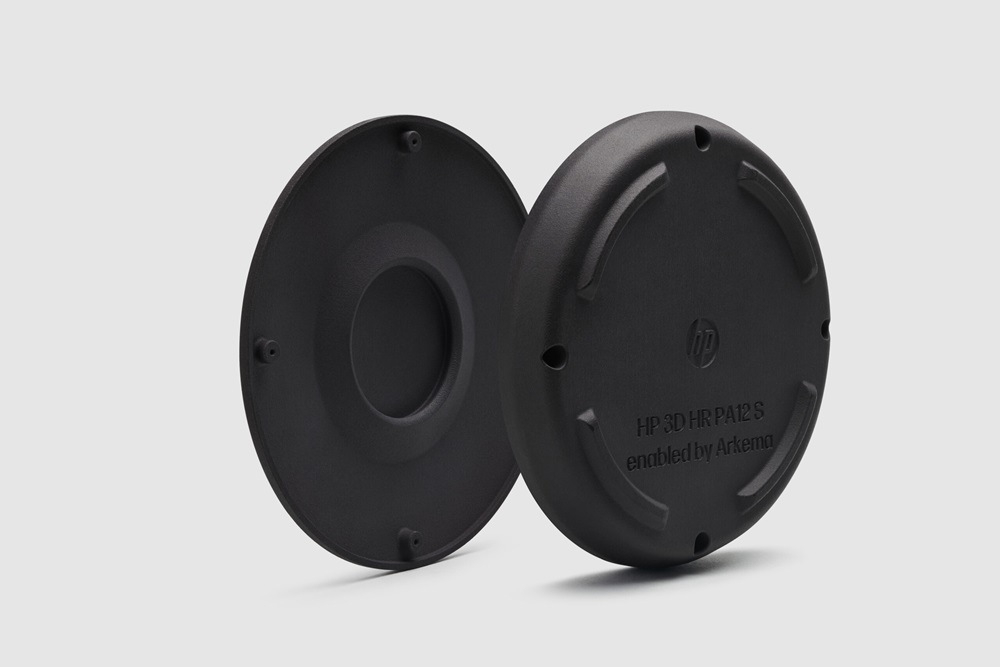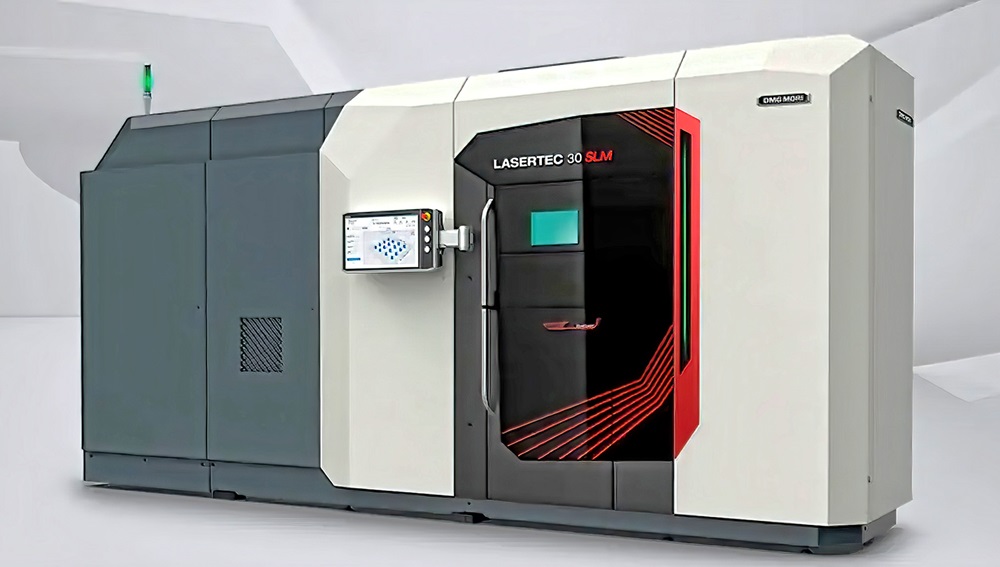The Starrag Dörries VT 28 vertical turning centre is now available for the one-hit machining of large components in the aerospace, power generation and offshore sectors. It combines proven technology from the Dörries Contumat VCE series with a raft of new solutions and technologies that the company says enhance both machining performance and productivity.
Capable of machining heavy components up to 17 tonnes with a maximum diameter of 2.8 m and a height of 2.65 m, the Dörries VT 28 is a multifunctional, high-precision, flexible vertical turning centre for everything from rough to finish machining in a single operation. The compact single-column vertical turning lathe is suitable for turning, drilling, boring, milling, grinding and more.
Notably, the column base forms part of the machine’s foundations, increasing rigidity, performance and stability while minimising installation costs and machine footprint. From a dimensional perspective, the Dörries VT 28 offers a 2.8 m swing diameter and a 2.5 m table diameter that permits the machining of exceptionally large components.
The VT 28 delivers torque of 11 kNm with 98 kW on the main S1 drive and a speed range of 250 rpm. According to the company, this enables end users to wield vast depths of cut at high machining parameters while ensuring maximum stability, rigidity, performance and surface finish.
Further enhancing the stability and rigidity characteristics of the Dörries VT 28 are wear-free hydrostatic guides in all linear axes that maximise the vibration-damping performance. The new hydrostatic system reacts with minimum fluctuation to deviations in temperature and viscosity.
From a flexibility standpoint, the Dörries VT 28 has a ‘master head’ concept that enables the decoupling of the milling drive and tool interface to provide additional protection against collisions. More information www.starrag.com



















